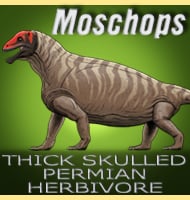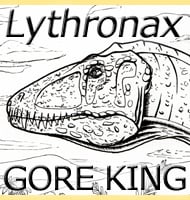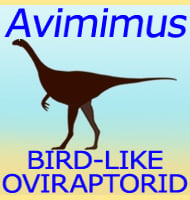In Depth
Like all other thalattosaurs, Concavispina was a quadrupedal marine reptile that lived on coastlines and hunted in the ocean for its food. Propulsion in the water was provided by undulating its laterally compressed tail in a side to side motion rather than relying upon paddling with the limbs. Concavispina is noted for having broad teeth in the front portion of its mouth, while pointed teeth at the rear, suggesting a specialisation in softer prey like, jellyfish, cephalopods and fish.
With a confirmed length of over three and a half meters long, Concavispina is one of the largest thalattosaurs so far discovered. At the time of its description, the only thalattosaur that may be larger than Concavispina is Miodentosaurus. Concavispina is thought to be closely related to the thalattosaur Xinpusaurus (both have a maxilla that curves upwards towards the front), though the latter has a better developed tail for swimming than Concavispina.
Further Reading
- A new thalattosaur, Concavispina biseridens gen. et sp. nov. from Guanling, Guizhou, China, - Zhao Li-Jun, Liu Jun, Li Chun & He Tao - 2013.









